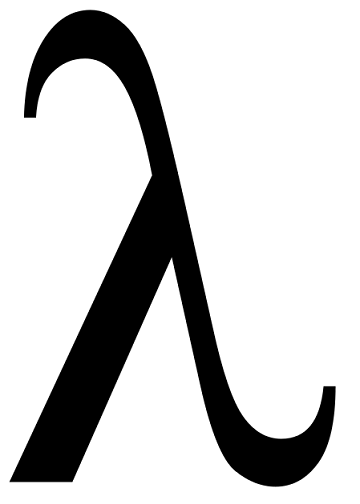Hoare Logic Notes for Solving SF
Consequence Rule
0 1 2 3 4 5 6 7 8 9 10 11 12
|---|---|---|---|---|---|---|---|---|---|---|---|---|
[--------------------0, 10------------------] (Precondition P1)
|--> x := x + 1 -->
[--------------------1, 11------------------] (Weakened, less precise postcondition Q1)
[------------2, 8-----------] (Strengthened, more precise Precondition P2)
|--> x := x + 1 -->
[------------3, 9-----------] (Postcondition Q2)
__
P2 -> P1 (strengthening precondition)
__
Q2 -> Q1 (weakening postcondition)
In the context of implications on program states, I prefer to say “more/less precise” instead of “stronger/weaker” for intuition.
Since all states that satisfy $P2$ also satisfy $P1$ but not the other way around, $P2$ is more precise than $P1$. Therefore, strengthening the precondition is equal to making the precondition more precise.
Since $Q1$ is less precise than $Q2$, weakening the postcondition is equal to making the postcondition less precise.
To summarize, we’re free to make the antecedent(precondition) more precise and the consequent(postcondition) less precise without loss of soundness.
Loop Invariants
Use the following simple trick to find loop invariants for while hoare logic:
(1) {{ P }} ->>
(2) {{ Inv }}
while B do
(3) {{ Inv ∧ B }} ->>
(4) {{ Inv [X ⊢> e2] [Y ⊢> e1] }}
Y := e1;
(5) {{ Inv [X ⊢> e2] }}
X := e2
(6) {{ Inv }}
end
(7) {{ Inv ∧ ¬B }} ->>
(8) {{ Q }}
(code and explanation taken from PLF and modified to be generic)
By examining this skeleton, we can see that any valid loop invariant Inv will have to respect three conditions:
-
it must be weak enough to be implied by the loop’s precondition
P, i.e., (1) must imply (2); -
it must be strong enough to imply the program’s postcondition
Q, i.e., (7) must imply (8); -
it must be preserved by a single iteration of the loop, assuming that the loop guard
Balso evaluates to true, i.e., (3) must imply (4).
